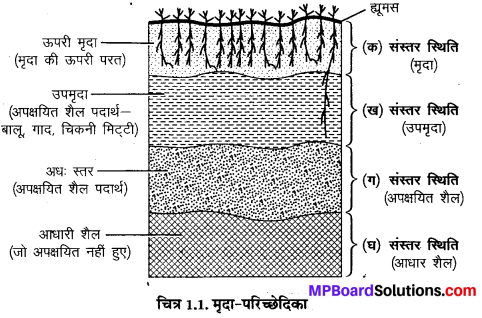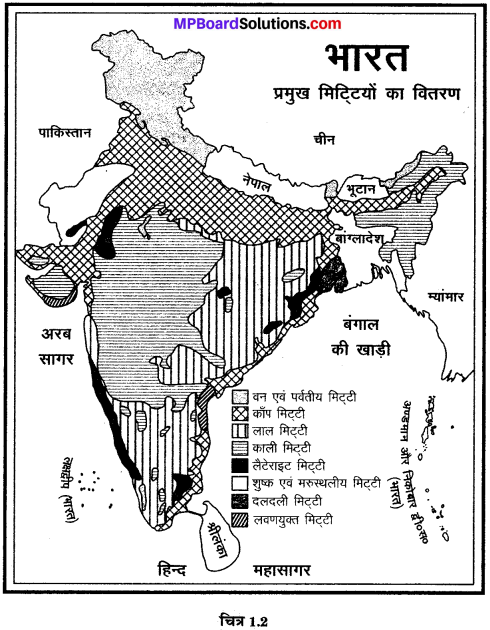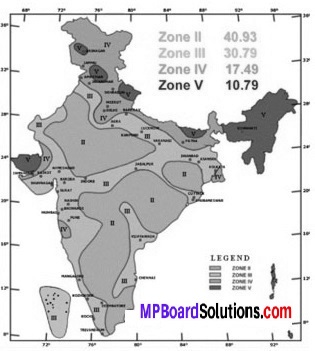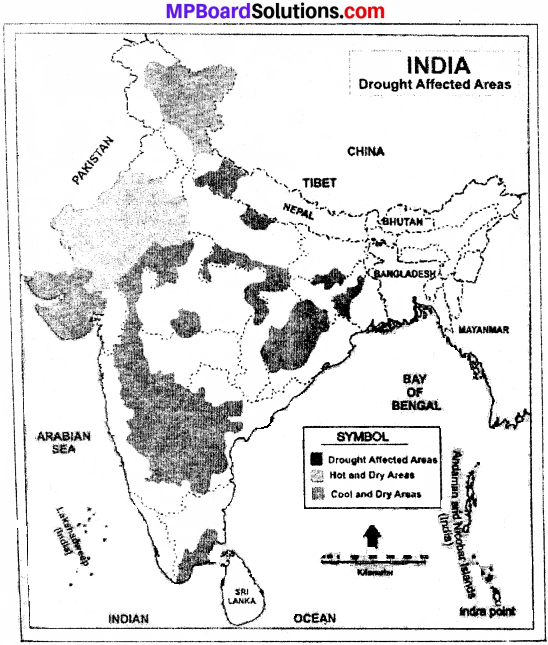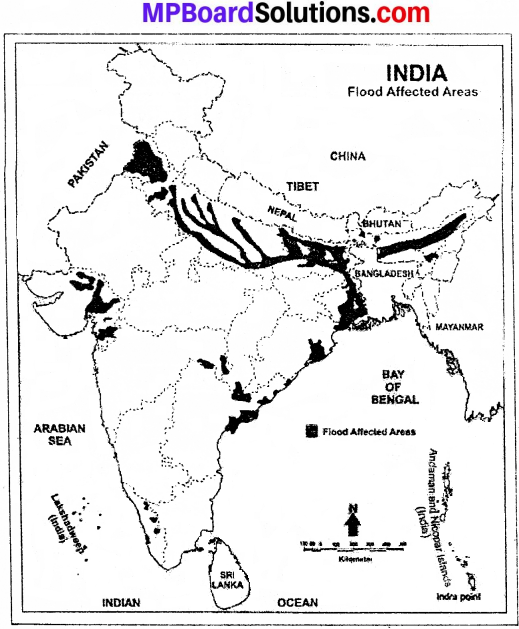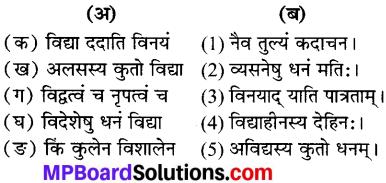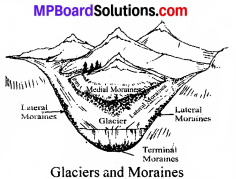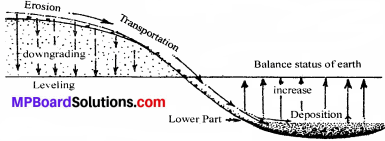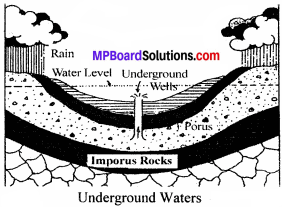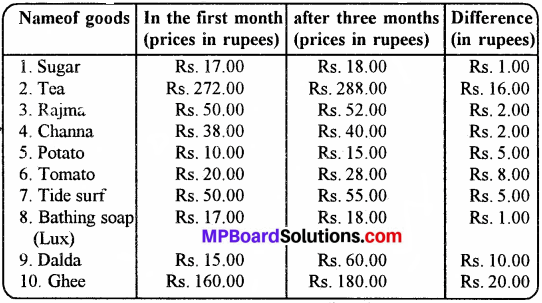MP Board Class 8th Social Science Solutions Chapter 10 Our Society
MP Board Class 8th Social Science Chapter 10 Text Book Exercise
Choose the correct option of the following.
Mp Board Class 8 Social Science Solution Chapter 10 Question 1.
How society can be made advanced?
(a) Awaring the people
(b) By economics help
(c) By industries
(d) All of the above
Answer:
(a) Awaring the people
Mp Board Class 8 Social Science Chapter 10 Question 2.
This has been incorporated in Fundamental Rights:
(a) Rights to settle aboard
(b) Rights to travel aboard
(c) Free and mandatory education for the children between 6 to 14 years age group
(d) To follow the Constitution
Answer:
(c) Free and mandatory education for the children between 6 to 14 years age group
Our Society Class 8 MP Board Chapter 10 Question 3.
Work – oriented literacy is:
(a) Self-reliant
(b) To know their own weaknesses
(c) To remove weaknesses
(d) All the above
Answer:
(d) All the above
Fill up the blanks:
- The literacy rate in our country at the time …………. of independence was
- The intoxicants leave bad effect on …………….. our
- Untouchability has been declared
- The attitude of Society towards SC, ST …………….. should be
- Education make a person & citizen.
- It is legally to employ children ……………… below 14 in factories and hotels.
Answer:
- 18%
- health
- crime
- supportive
- progressive, rich
- banned.
MP Board Class 8th Social Science Chapter 10 Very Short Answer Type Questions
Class 8 Social Science Chapter 10 Our Society Question 1.
Which Is responsible for social virtue in the man?
Answer:
The virtue of man being social is all due to mutual dependence.
Mp Board Class 8 Social Science Solution Question 2.
How was ancient Indian society?
Answer:
In ancient India, society was progressive and rich.
Class 8 Social Science Chapter 10 Mp Board Question 3.
How good citizens are helpful in democratic government.
Answer:
They know their rights and are conscious of their duties.
MP Board Class 8th Social Science Chapter 10 Short Answer Type Questions
Class 8 Social Science Mp Board Chapter 10 Question 1.
What equal rights are given to all citizens in a democratic country?
Answer:
For all round development of each section of the society. The society should not have underprivileged sections.
Mp Board Class 8th Social Science Solution Question 2.
Mention any social problem?
Answer:
Child labor is one of the social problem. Now government has banned employ child below 14 years.
Mp Board Class 8 Social Science Chapter 10 Question 3.
What changes have taken place in the present society?
Answer:
The people of SC / ST community are in higher government posts. Women status has also improved. People are aware and responsible.
MP Board Class 8th Social Science Chapter 10 Long Answer Type Questions
Class 8 Social Science Chapter 10 Question 1.
What are the bad effects of smoking and drinking on the people and society?
Answer:
It is necessary to make the society free of drinking and drug addiction because they are all social evils. They have bad effects on the society in the following ways:
- Drinking of liquor tells upon man’s health, and affects his lungs and brain adversely.
- It weakens man’s character. As a result, he takes to evil ways and cannot understand what is right and what is wrong. Thus, he becomes a nuisance to his friends and neighbors.
- It checks the well being of the family-and the progress of the nation.
Question 2.
What measures have been taken by the State government for the welfare of SC and ST?
Answer:
Following measures have been taken for the uplift of the scheduled caste and scheduled tribes:
- The Constitution has abolished untouchability.
- The educational and economic interests are promoted against any kind of social justice or exploitation.
- Some seats are reserved for scheduled caste and Scheduled Tribes in the Lok Sabha and the State Legislative Assemblies.
- Certain constituencies are declared reserved for them where only the candidates belonging to the scheduled castes can contest elections.
- Certain percentage of jobs in government are reserved for this category.
- Special courts and mobile courts have been set up in certain districts of Andhra Pradesh, Bihar, Madhya Pradesh, Rajasthan and Tamilnadu for quick disposal of cases relating to untouchability.

